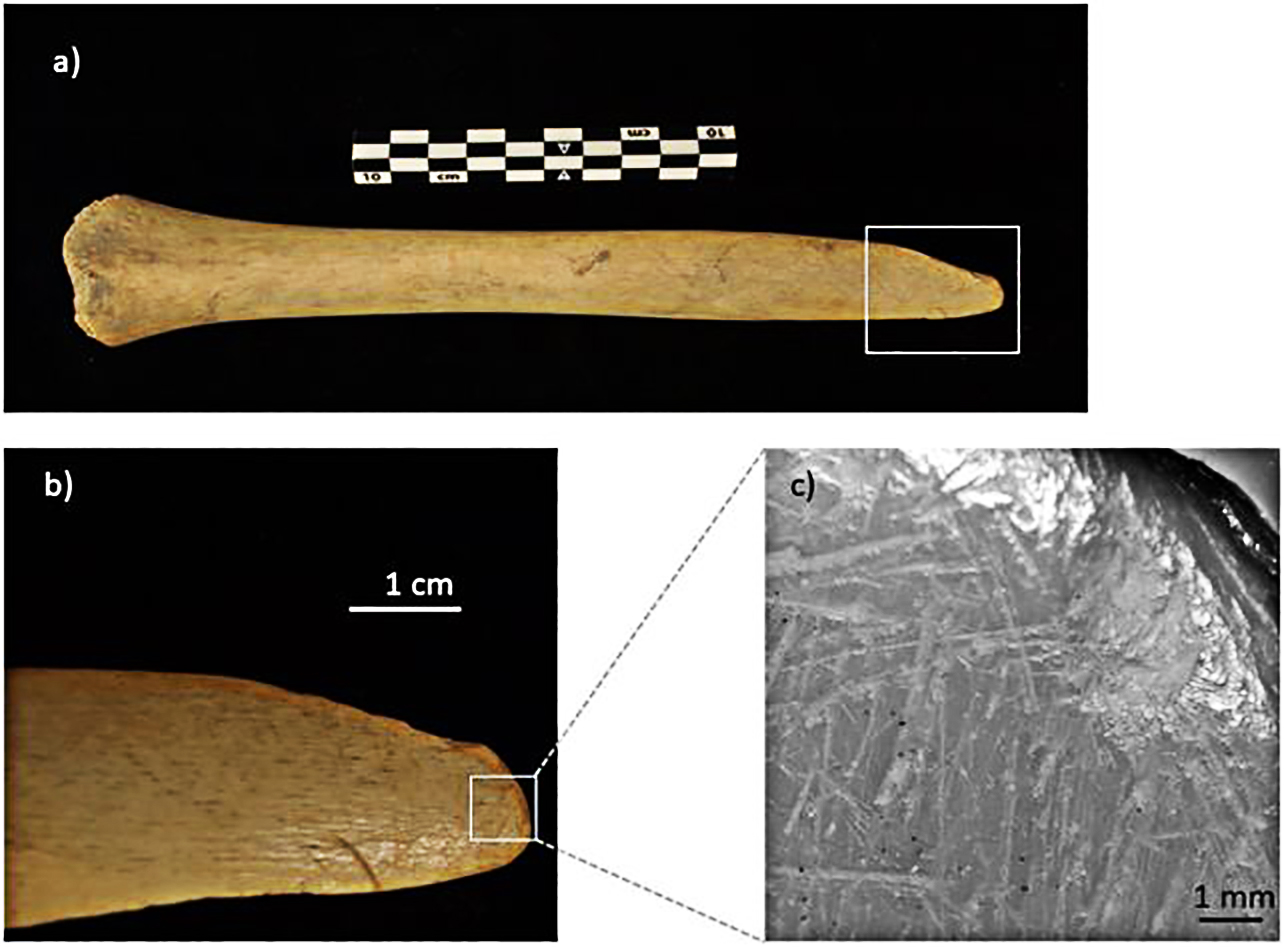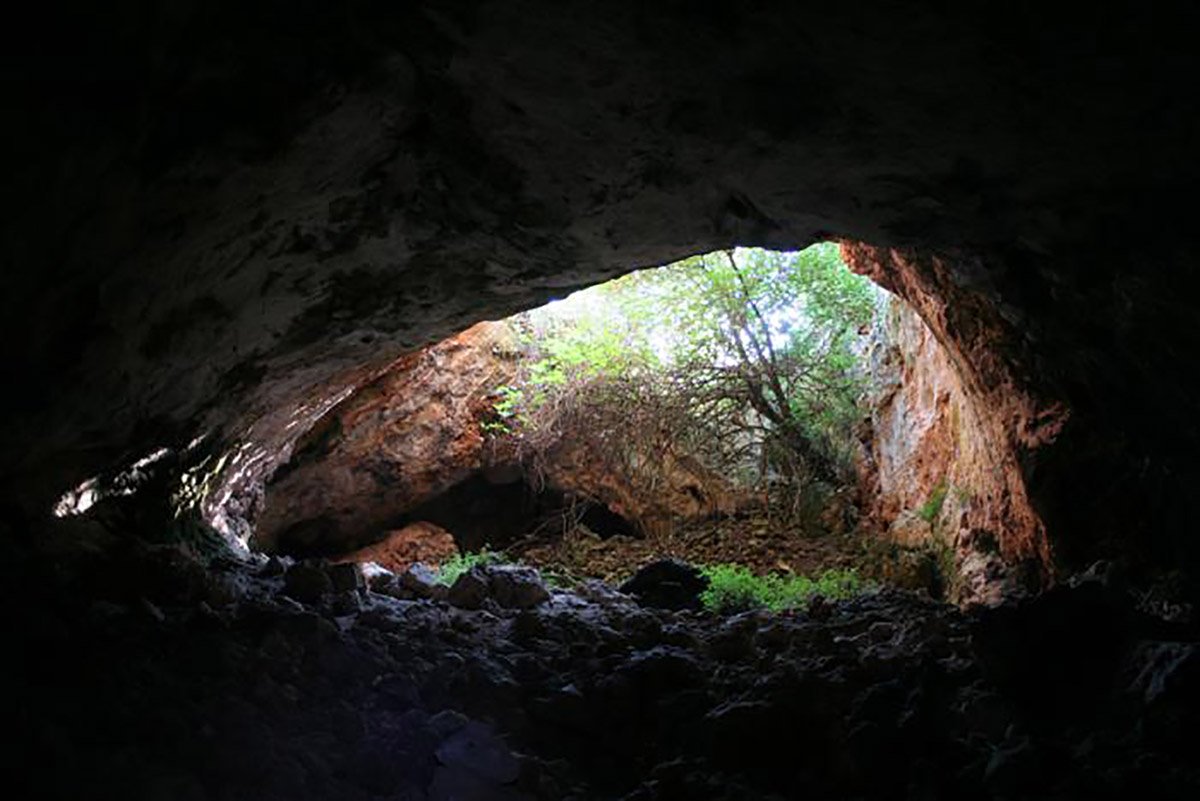An unprecedented anthropological study recently published in the journal PLoS ONE identified unorthodox funeral practices associated with our culture. According to the analysis made by Spanish and Swiss scientists in the Marble Cave in the Almería region of Southern Spain, It was common for local people to reuse the remains of the deceased for utensils and other gruesome purposes..
Analyzing bone collections dating back thousands of years, the team led by bioarchaeologist Zita Laffranchi from the University of Bern cataloged several examples of postmortem use of human bones. The finds include a human skull used as a cup and signs indicating the removal of bone marrow and soft tissues that may have been used in some anthropophagic menus.
After comparing their findings with those from other similar contexts, the authors attempted to evaluate the role of the dead in the ideology of this group of people. “The manipulation may have been motivated” due to the need to keep the remains of community members close and at the same time ‘facilitate’ their passage into the spiritual worlds.”They are speculating.
Neolithic People Monument
Many human remains were found in the burial cave, but the team carried out extensive radiocarbon, anthropological and taphonomic (post-mortem change of the organism) analyses, especially on the altered bones. The aim was to profile the people who lived and died there.
The bone collection revealed that the cave was used as a cemetery between the 5th and 2nd millennium BC. According to the authors, this may indicate that this site was a type of monument that served as a symbolic landmark for Neolithic people. funeral ceremonies..
The estimate of the minimum number of individuals determines the presence of at least 12 individuals, seven adults and five subadults. The way the remains of both groups are handled indicates a homogeneous set of traditions and beliefs.
Funeral practices in prehistoric times

While natural processes in caves are capable of eventually damaging bones without any human intervention, this is not the case in Cueva de los Marmoles. Evidence of bone fragmentation is clear. Although researchers can’t say in what way or why.
Evidence of this is that the diaphysis (middle part) of the tibia and fibula are smooth, shiny and have some scratches. These two bones from the human body, which are known to be durable, may have been used as tools after being processed while they were still fresh, shortly after the death of their owner.
According to the authors, the presence of such human manipulation in other burials found in caves in the southern Iberian Peninsula suggests that these ancient communities certainly shared the same things. In today’s eyes, some cultural practices related to death and the afterlife are considered frightening..
Did you like the content? Stay up to date with more topics like this on TecMundo and take the opportunity to learn about the importance of Paleontology.
Source: Tec Mundo
I’m Blaine Morgan, an experienced journalist and writer with over 8 years of experience in the tech industry. My expertise lies in writing about technology news and trends, covering everything from cutting-edge gadgets to emerging software developments. I’ve written for several leading publications including Gadget Onus where I am an author.













